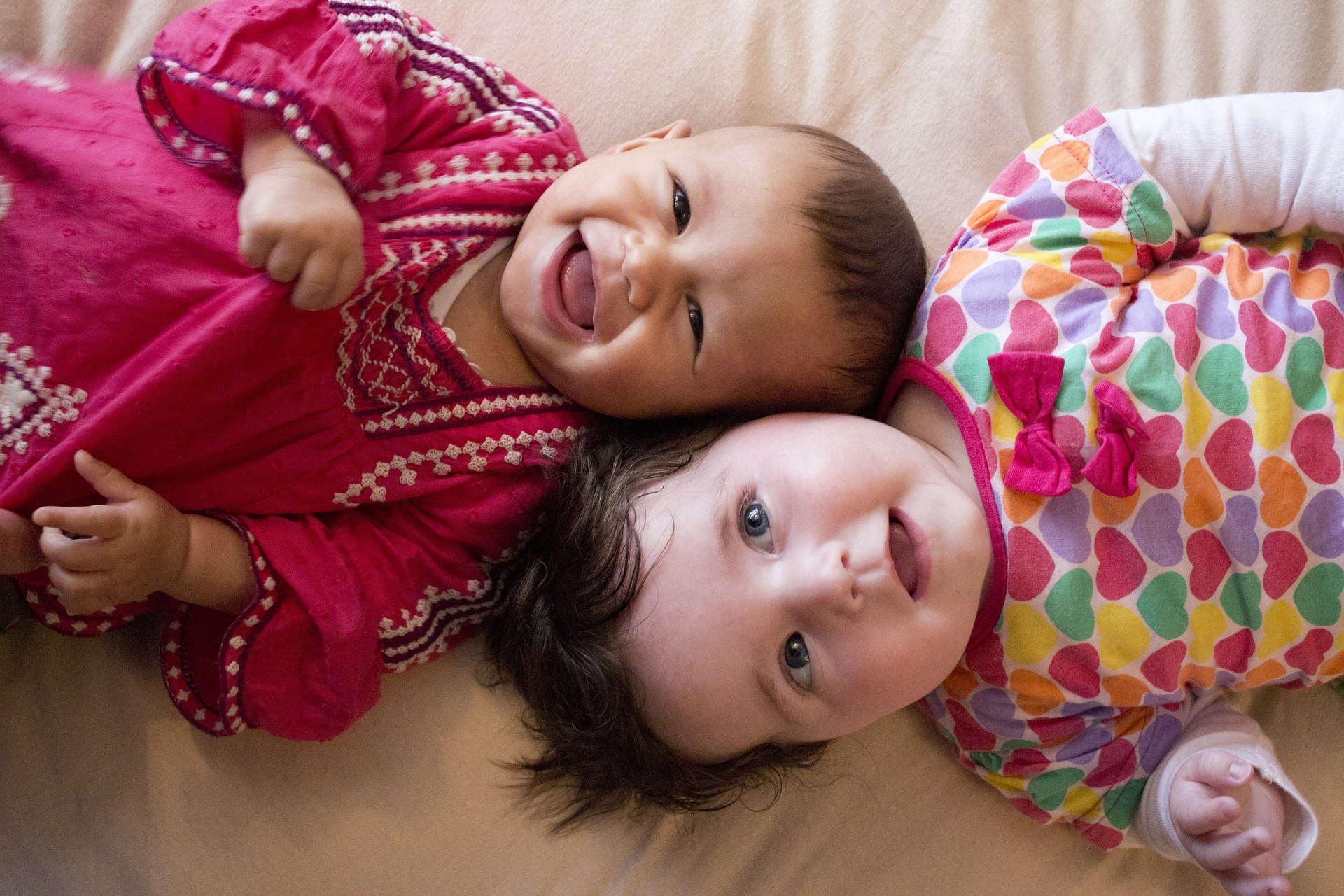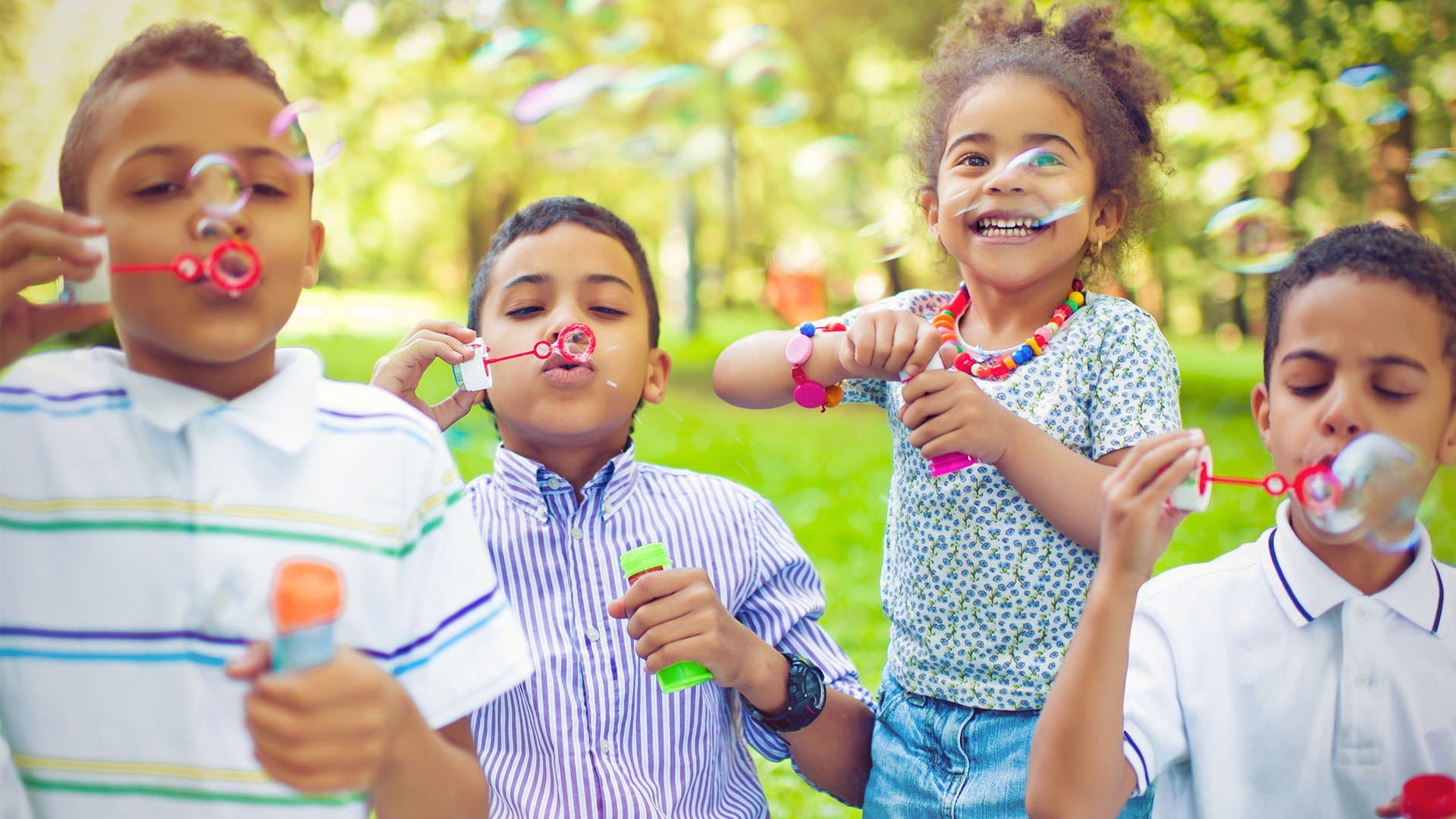25 Sep Children Need Supportive Relationships
The single most common factor for children to develop resilience is at least one stable and committed relationship with a supportive parent, caregiver, or another adult. These relationships provide personalized responsiveness, scaffolding, and protection that buffer children from developmental disruption. They also build key capacities—such...













